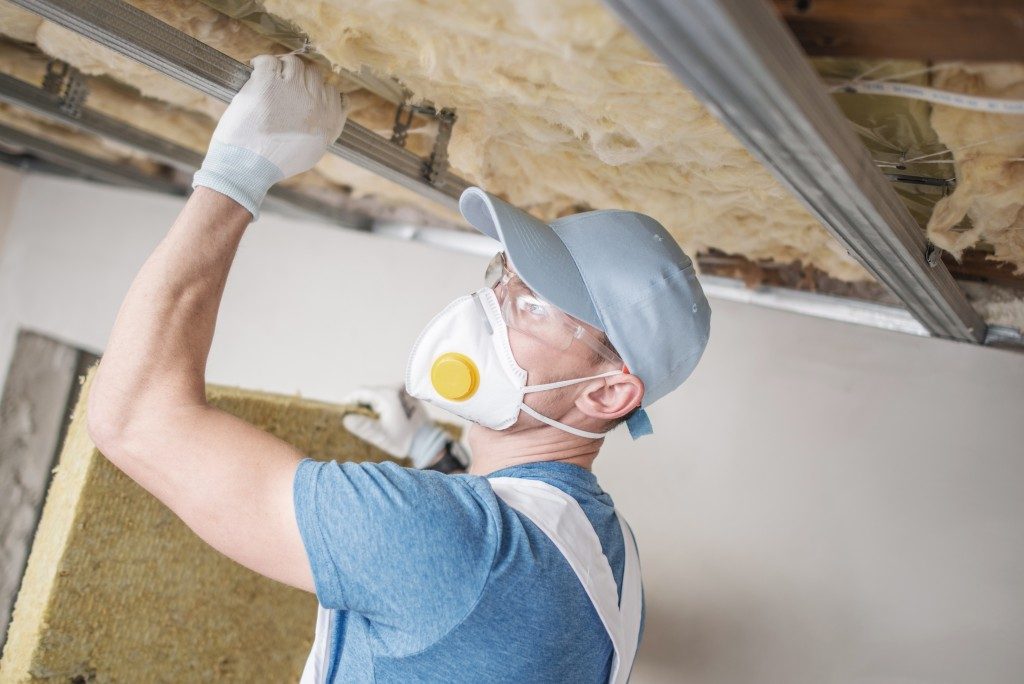Are you considering insulating or replacing the existing ones at home? Find out which insulation method works best for you and your house.
5 Different Methods of Insulation Buildings
1. Blanket Batts and Rolls
Also known as blanket insulation, this method is the most convenient and common type of insulation. It comes in pre-cut sheets or rolls made out of fiberglass, plastic fiber, cotton, and mineral wool. The materials are precut to fit the standard width between floor joists, attic rafters, and wall studs.
If you choose to go with rolls, you will have to measure and cut the material to fit into the area you are insulating. Do not force-fit the materials as it takes away from its effectivity. This works best for DIY insulation projects like home attics and exterior walls.
2. Spray Foam Insulation
 Perhaps the most effective and cost-efficient way of insulating your home, the spray foam method works best in adding insulation to already finished areas and hard-to-reach and irregularly-shaped spaces.
Perhaps the most effective and cost-efficient way of insulating your home, the spray foam method works best in adding insulation to already finished areas and hard-to-reach and irregularly-shaped spaces.
This method involves spraying liquid polyurethane into wall cavities where it expands and hardens. It helps seal gaps and cracks in areas to minimize the chances of air escaping through them.
The two types of spray foam are:
Closed Cell Foam. This type resembles a glue and is airtight, which means air is unable to pass through making it easier to regulate temperature.
Open Cell Foam. This type has the consistency of a sponge and is soft and flexible. Since it is light and expands easily, it is easier to install. However, it has inferior insulating properties compared to the closed-cell foam.
3. Blow-In Blanket Insulation
Also known as BIBS, this type of insulation that utilizes pneumatic equipment to blow paper-like material into wall cavities that are to be insulated. The fluffy strands consist of fiberglass, mineral wool, and cellulose (like recycled cardboard or newspaper) that can fill in any space and any location just like the spray foam insulation method.
Applying the blow in blanket system in Kansas City, Minneapolis, Denver, or whichever city you’re in will require the help of a professional for the best results.
4. Reflective Insulation
While most insulating methods involve resisting convective and conductive heat flow, the reflective insulation method works by reflecting radiant heat away from the area. It uses reflective and radiant materials such as aluminum foil, films, or paper in ceilings, attics, floors, and unfinished walls. As such, homes located in places with hot climate greatly benefit from this type of insulation.
5. Foam Board Insulation
Foam board or rigid foam insulation can be installed in any area of the home such as unfinished walls, unvented roofs, floors, and ceilings. These panels are made of polyurethane or polystyrene. Despite its thinness, it is a very effective insulating material from foundation walls and basements to ceilings and unfinished floors.
Insulation is vital to any home that aims to be energy and cost-efficient. Homeowners can get an average savings of up to 15% on heating and cooling costs and 11% on overall energy costs.

